The Forgotten South Caucasus: Where Oil and Water Mix
A “New Great Game” of Geopolitical Control Surfaces in Russia’s Old Backyard
 The Kura River winds through Tbilisi, the capital of Georgia, amid banks crowned with houses and old churches. From Tbilisi, the river flows east and gradually broadens into an extensive lowland as it nears Azerbaijan.
The Kura River winds through Tbilisi, the capital of Georgia, amid banks crowned with houses and old churches. From Tbilisi, the river flows east and gradually broadens into an extensive lowland as it nears Azerbaijan.by Nadya Ivanova
Maps by Hannah Nester and Eric Daigh
Circle of Blue
Almost 20 years after Georgia, Armenia and Azerbaijan bounced back to full national sovereignty following decades of Soviet control, the winds of change in the South Caucasus have largely faded, leaving behind a region whose geopolitical identity and long-term stability remain uncertain. Once off the radar of Soviet geopolitical analyses, water management problems are now emerging as a cross-cutting issue critical to the stability of volatile regional relations and delicate geopolitical dynamics in the area.
It is often assumed that competition for water will trigger conflict. But in the South Caucasus — a globally strategic corner of the world where Russia, Eastern Europe, the Middle East and Central Asia converge — a proposal to clean up and share management of the region’s largest river basin could well serve as a new route to political stability. And the consequences, diplomats and scientists say, could have strategic importance far beyond – to Europe, Russia, and the United States.
The two rivers at the heart of this complex diplomatic effort are the Kura and its main tributary the Araks (also called the Aras or the Arax), which rise in the mountains of eastern Turkey, join in Azerbaijan and drain a 117,000-square-mile industrial and agricultural basin, parts of which lie in Georgia, Armenia, and Azerbaijan. But since the 1991 collapse of the Soviet Union, which managed the entire basin, the Kura-Araks watershed in the South Caucasus has attracted increasing concern about its intense industrial and agricultural pollution, radioactive contamination and the availability of fresh water for drinking — all of which have fueled the chronic political instability in the region.
Last December, the North Atlantic Treaty Organization (NATO) and the Organization for Security and Cooperation in Europe (OSCE) completed an intensive seven-year project to monitor the water quality and streamflow of the Kura-Araks. NATO convened scientists from Georgia, Armenia and Azerbaijan to build capacity in the three countries and establish a social framework to improve the technical cooperation and watershed management.
The campaign, which also involved technical experts from the United States and several European Union (EU) nations, aimed to be more than a classic environmental initiative. Instead, NATO and OSCE focused on the river basin and its cleanup as a tool for using science, collaboration and strategic investment to design solutions to equally important competition over energy and diplomacy that might thrust the South Caucasus into an international conflict.
The South Caucasus River Monitoring (SCRM) project, as it is called, is one of a number of initiatives by European and American organizations to focus on improving access to fresh water to develop steps and practices that can solve other conflicts between nations. The project, according to the results of an upcoming report to be released later this summer, proved that scientists from different nations can collaborate and produce useful recommendations.
But water experts in the South Caucasus also concluded that the tense relationships among the three governments in the Kura-Araks Basin are a crucial impediment to progress. Reducing those conflicts is essential to cleaning up the river basin and to resolving the important issues that wrack the strategic region, where the EU, U.S. and Russian spheres of influence coalesce over politics, energy and diplomacy.
Water’s Two-Way Flow: Conflict or Cooperation?
Along patches of plum trees, vines and walnut groves, the Kura River eats its way through the hulking mountains of picturesque central Georgia. From there, the “good water” – as it was called in old Georgian — braids, slower and shallower, into the fertile lowlands of Azerbaijan. Hundreds of miles south, the Araks hurries to catch up, gnawing through Armenia, Iran and Azerbaijan, to the point of confluence, where the Kura-Araks prepares for its long trip to the Caspian Sea.
Yet, its journey can be deceivingly smooth. To date, Georgia, Armenia and Azerbaijan have refused to cooperate on the management of the Kura-Araks and often blame each other for dumping pollutants into its waters. The political tensions run so deep that when seven years ago NATO announced a water project in the basin, the three governments took out the word “cooperation” from its title. Azerbaijani scientists also had to ask for green light from the Foreign Ministry to meet with their colleagues from neighboring Armenia, which maintains a tense relationship with Azerbaijan.
The disputes that hamper the shared river management run deep into long-lasting cultural and historical problems. The relations between Armenia and Azerbaijan remain cold over territorial disputes in the Nagorno-Karabakh –- an Armenian-populated secessionist region in western Azerbaijan. But the military escalation in August 2008 among Georgia, South Ossetia, Russia and Abkhazia – some of which blazed in the city of Gori on the banks of the Kura River in central Georgia — showed that the conflicts in the South Caucasus could also explosively escalate. While water is not likely to trigger large-scale violence, it can increase the existing tensions over resources with catalytic and far-reaching effects for the region.
But as it traverses political boundaries, the Kura-Araks might also become a pathway for collaboration among the three river-dependent states. In the last decade, the region has been the focus of foreign-organized peace building activities, part of which rest on the idea that getting people to cooperate on water might also channel broader and long-term political dialogue.
“The water aspect is just another part of the puzzle,” said Michael Campana, project manager of the SCRM project, which is funded under NATO’s “Science for Peace and Security Program.”
Designed to measure and monitor the quality and quantity of the Kura-Araks, the project also aimed to solve the water issues in the three riparian states before the water problems start brewing. Though a final report is still pending, participants say that many scientists are willing to work together on transboundary water management – a trend that has the potential spill over to the higher levels of government.
“Armenia, Georgia and Azerbaijan are still relatively fragile, so water and everything which is somehow linked to security and peace is of course a politically sensitive issue and a politicized issue,” said Achim Maas, project manager at Adelphi Research, who worked on a project in the South Caucasus in the context of the EU’s Initiative for Peacebuilding.
Oil, Gas and Water: The Region’s Peace is the World’s Peace?
The South Caucasus has emerged as convergence zone for the interests of the EU, Russia and USA, who are actively seeking to secure their diplomatic leverage – increasingly through well-meaning water-and-security projects like NATO’s. “That is why, NATO has a stake to try to diffuse the situation before it gets too dangerous,” said Federico Bordonaro, geopolitical analyst at the Italian analytical group equilibri.net. “And water management is one of the most complicated issues.”
Developing regional security and diplomatic leverage through water cooperation is especially important now, as the Caspian Basin hydrocarbon resources are becoming essential to energy-hungry Europe. Nestled among areas of huge hydrocarbon wealth in Central Asia, Russia and the Middle East, the South Caucasus has emerged as a focal point of Eurasia’s energy corridors, spurring frantic competition between Russia and the European Union for energy supplies and transit routes – a game where water takes a surprising, albeit indirect, role.
“We are using water as a tool for political aims — stability and uninterrupted energy supplies,” Campana said about the SCRM project. “It’s not so much that we love Armenia, Georgia or Azerbaijan, it’s just that we love gas and oil.”
The realities of the struggle over energy trade became clear to the shivery states of Eastern European last January, when Russia cut off gas supplies over a pricing dispute with transit country Ukraine. The shutdown was the second in three years and prompted the EU to step up its plans to diversify its energy sources. With Russia providing more than one quarter of Europe’s hydrocarbon supplies, the EU is looking to wean its dependence on Russian oil and gas by building pipelines that bypass Russia and Russian-controlled infrastructure. This makes the South Caucasus’ favorable location between the oil-rich Caspian Sea and the Black Sea a central concern for both Russia and the EU.
Both sides have already proposed gas and oil pipelines that directly compete for the same resources and transit states in Central Asia and the Caspian Basin. The Western-backed Nabucco project –- designed to deliver Caspian Sea gas from Azerbaijan through Turkey to Central Europe – rivals the Kremlin’s South Stream pipeline, which will cross the Black Sea and reach the Balkans on its way to Italy.
Moreover, according to Bordonaro, both Russia and the West will be even more frantically looking to secure their supplies and transit routes, as China looks toward Kazakhstan and Turkmenistan to convoy hydrocarbons to its own territory. This gives Brussels, Moscow and Washington added impetus to solidify their presence in a stabilized South Caucasus.
“Many people forget that these resources — oil and gas — can travel only one way,” Bordonaro said. “If there is a certain contract on certain reserves, the reserves will either flow toward China, or toward Russia, or toward Europe. This is why the United States, Russia and Europe are engaged in this so-called New Great Game in the South Caucasus.” As many of these questions still hang over the region, he and other experts are trendspotting water’s increasingly strategic role for peace and security in the area.
“You cannot depoliticize water on a regional level in the South Caucasus,” Maas said. “The pollution of the Kura-Araks River is also a political and politicized issue.”
Michael Campana is a professor of Geosciences at Oregon State University. The views he expressed in this article do not represent those of NATO.
Keith Schneider and C.T. Pope contributed to this story.
, a Bulgaria native, is a Chicago-based reporter for Circle of Blue. She co-writes The Stream, a daily digest of international water news trends.
Interests: Europe, China, Environmental Policy, International Security.

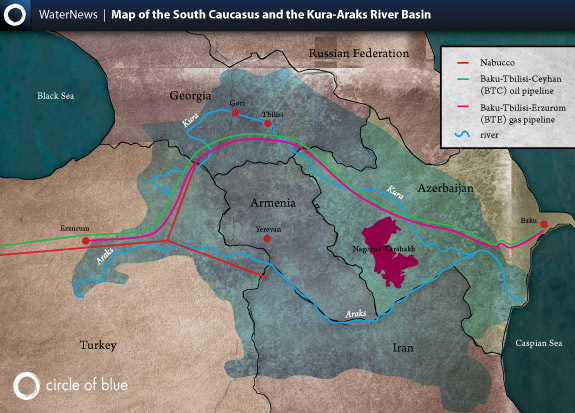
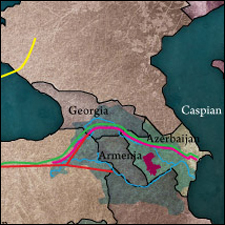
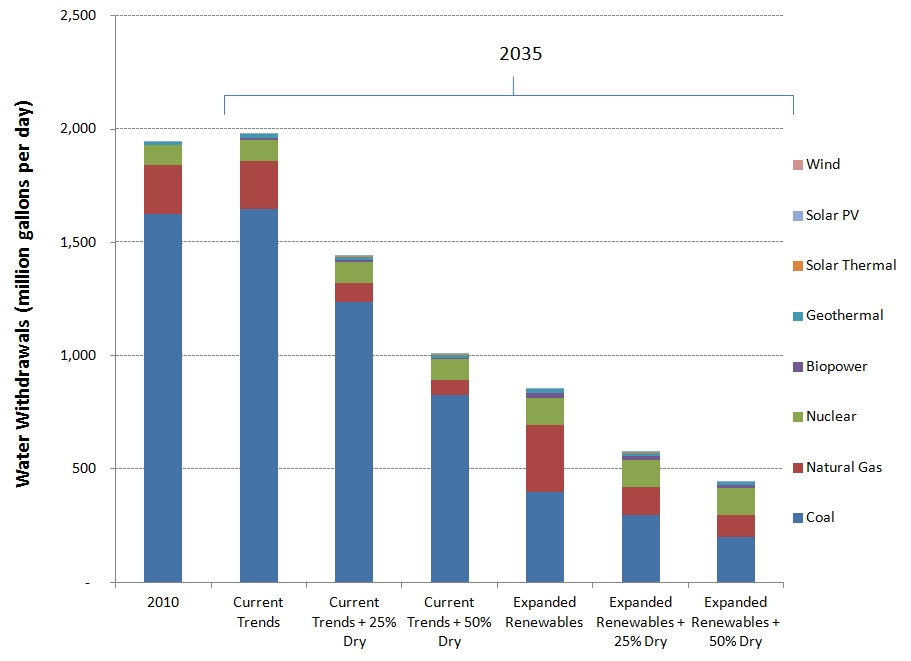
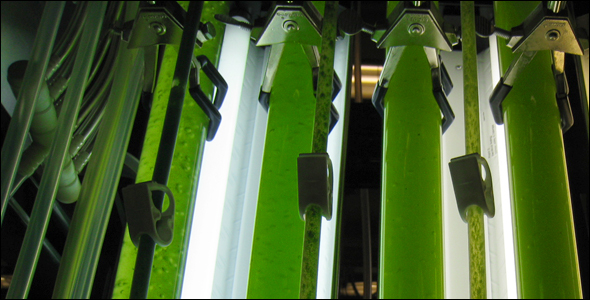



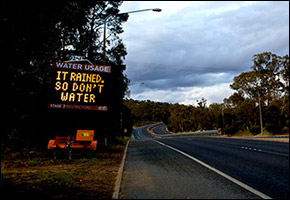

Thank you … this article is most refreshing and invigorates my belief that man can set aside our petty differences and honestly work for what is in mankind’s long term better interest ……. Thanks again
This reports all are very interestings, espesially “New Great Game”, because of its political target. I think, if other institutions also write like this all world will realise importence of pice……..